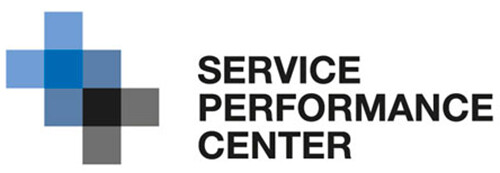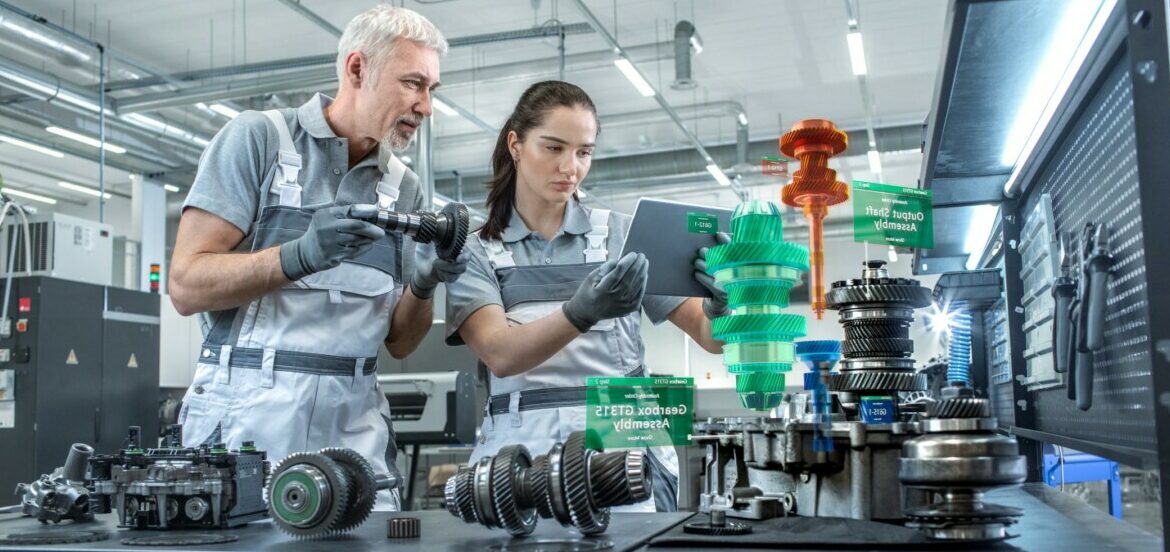16. November 2020
Recognizing the potential of Augmented Reality (AR) and establishing a suitable prototype
At present, the shortage of skilled workers in medium-sized companies is already causing annual sales losses of almost 50 billion euros and is thus one of the biggest brakes on growth in the German economy. The effects of the shortage of skilled workers are particularly evident in technical service, where highly customized machines and systems require expert knowledge and the willingness to undergo continuous further training.
Progressive networking and digitization offer the potential to counteract the shortage of skilled workers, to absorb existing knowledge of individual employees of a company much more efficiently, and to make it available to a large number of employees and customers in a targeted, context-related manner.
AR as service process accelerator
For a long time now, it has been possible to digitally process video calls made through data glasses, to expand them with expert knowledge and make them available again.
This enables the documentation of maintenance assignments and troubleshooting, and thus a successive collection of work instructions, which are supplemented by multimedia content and can be called up at the touch of a button. In addition, the administrative effort is reduced, since documentation and training material can be made available at any time and from any place. This is ideal for bringing new services to market even faster and for providing optimum support to technicians in the field.
The challenge in practice is to select the right content from the multitude of content. Limiting existing information to the essentials and making it available “just-in-time” in the decisive situation, depending on the situation.
This is where the greatest strengths of Augmented Reality lie, making it possible to convey content in various ways.
1. the acquisition of new information via speech, text, image or video as in classical frontal teaching
2. learning by doing
However, there are several barriers to the introduction of AR projects, which are mainly driven by the following three factors:
■ Human factor: Employees lack understanding of the opportunities and limitations of the technology. This leads to an insufficient selection of meaningful use cases and a lack of user acceptance.
■ Factor Infrastructure: Building a future-proof infrastructure involves the deployment of considerable resources. The resources for this must be justified by viable, well planned future projects.
■ Cost-effectiveness factor: The introduction of a new technology is associated with high monetary and organizational expenditure due to the need for additional hardware. Processes must be converted and employees must be trained.
Do you want to counter the shortage of skilled workers with AR? Is the use of AR interesting for you? Do you need individually tailored use cases and an appropriate platform to establish AR in your company?
Then become part of our unique consortium project and create, together with FIR at RWTH Aachen, PTC and the Center Smart Services, your individual AR prototype within nine months.
– Learn how to successfully realize your own AR projects in the future.
– Gain insight into up to 100 possible additional use cases and access to already implemented AR prototypes.
– You will also be provided with concrete methods for the economic evaluation and implementation of AR applications.
– As well as a free 12-month access to the AR software solution Vuforia Studio from PTC, for whose use you will be accompanied and trained by our application experts.
Are you interested now? Would you like to learn more about the consortium? Then do not hesitate and contact us.


